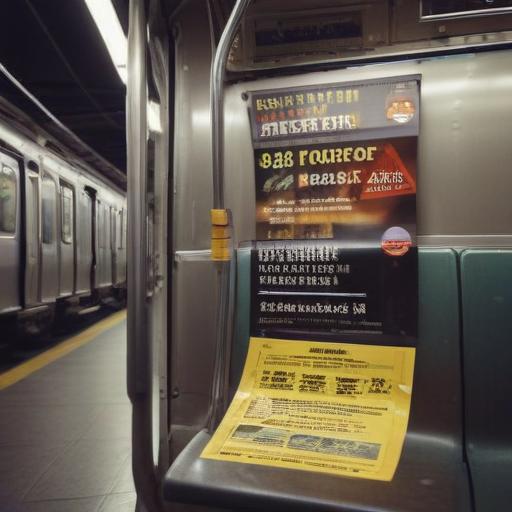Transportation Secretary Sean Duffy criticized the Metropolitan Transportation Authority (MTA) on Monday for allegedly evading federal oversight regarding increasing crime rates on the New York City subway. Duffy expressed his concerns over a recent Post article revealing a significant rise in felony assaults, highlighting an alarming 19% increase this year and a staggering 66% rise since 2019.
In a letter to the MTA, requested earlier this year, the Department of Transportation (DOT) demanded information on actions being taken to enhance subway safety. Duffy emphasized the importance of protecting commuters and ensuring effective security measures are in place, stating, “The innocent victims of these horrific crimes and the daily commuters who live in fear of violence deserve better.”
The criticism stemmed from the MTA’s failure to submit timely reports on major safety incidents to the National Transit Database (NTD). DOT official Joe DeLorenzo noted that in 2024, the MTA was late in reporting 79% of major incidents, with delays averaging 36.5 days per report. Such delays raise concerns about the agency’s eligibility for federal funding.
The correspondence from DOT also sought data regarding various safety issues, including assaults on transit workers and criminal activities, while inquiring about the operational status of subway surveillance systems.
In response, MTA officials rejected Duffy’s claims, asserting that overall subway crime is actually down by 3% this year when compared to the same timeframe last year, with increased ridership. MTA’s chief of policy and relations, John McCarthy, stated, “Subway crime is down, ridership is up, and congestion pricing is working,” suggesting that positive developments are occurring under current policies.
The discourse also revolves around the controversial $9 congestion pricing for accessing lower Manhattan, which has become a point of contention between Duffy and MTA leadership. While Duffy has called for the suspension of the toll, MTA and Governor Kathy Hochul have endorsed the program, citing a successful reduction in vehicle traffic and an increase in public transit ridership.
Despite the critiques from federal officials, the MTA continues to advocate for its strategies to manage congestion and safety, ensuring that they are positioned to navigate the complexities of urban transit amidst changing federal expectations.
This ongoing dialogue highlights the challenges faced by urban transportation agencies in balancing safety, funding, and policy effectiveness in a dynamic and often contentious environment.
